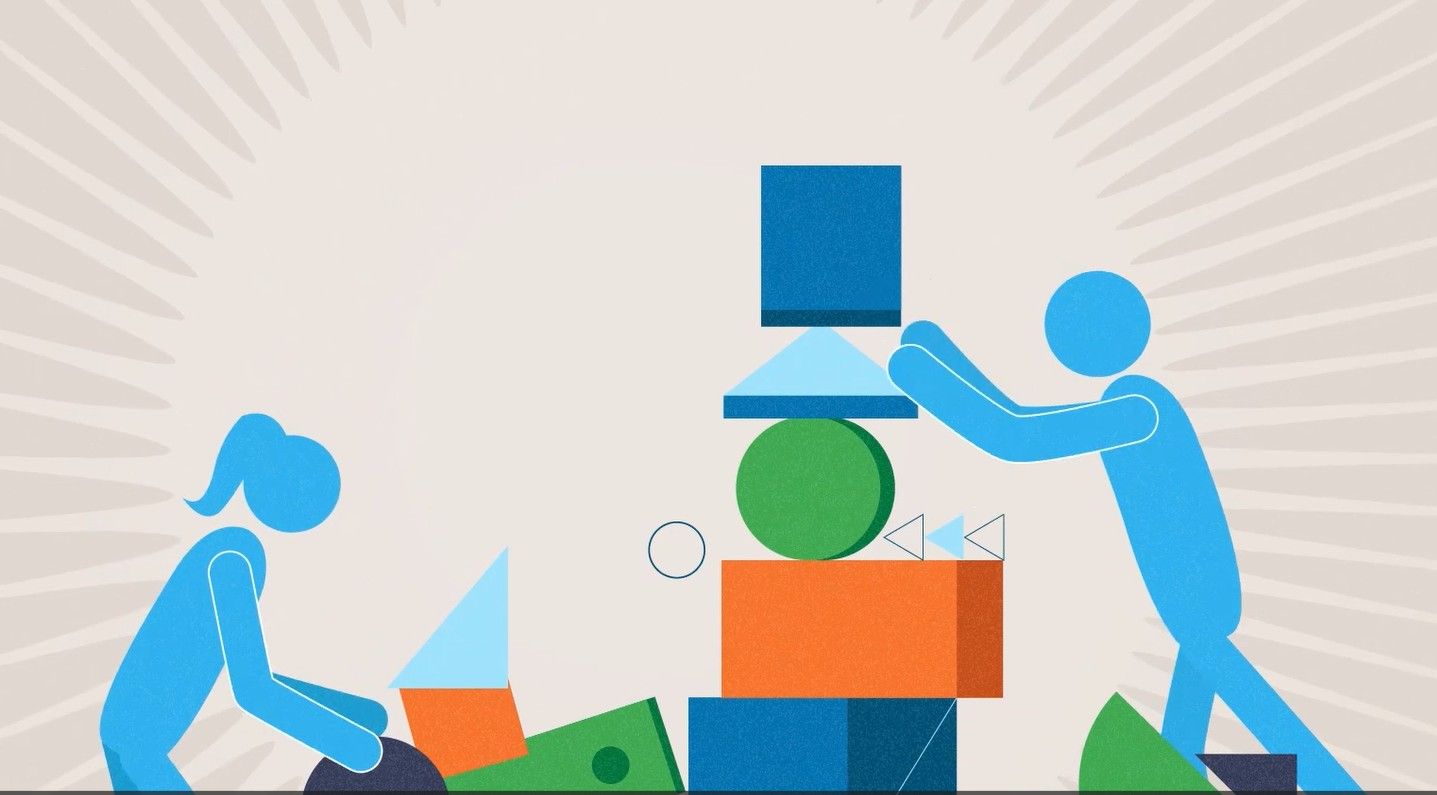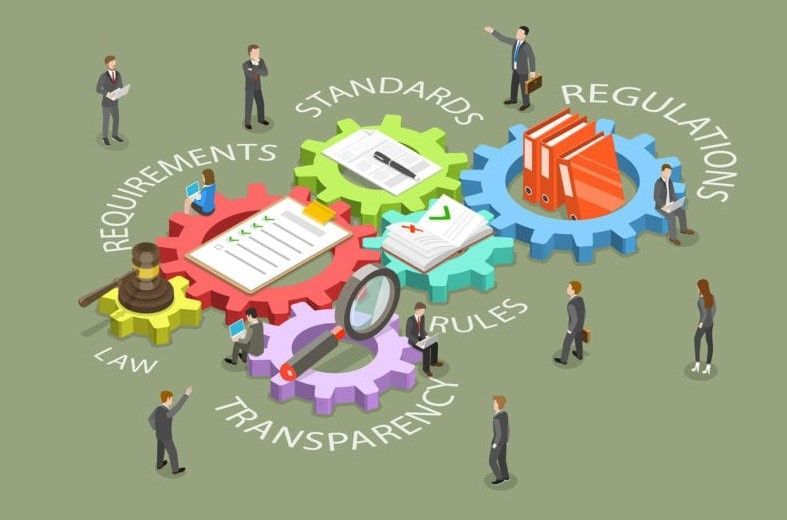Your Business in 2021: What are the “unknown unknowns”?
August 14, 2025
It’s time to find out. Here’s how.
How do you uncover things “you don’t know you don’t know” about your company or organization? More important, how do you determine what they mean for your success now and in the future?
Do you think you know all you need to know about your company? Probably not. Most business owners, presidents, CEOs, and other leaders are well aware that they have a lot to learn, even about their businesses. More worrisome is that they realize they face challenges they do know about but don’t know enough about—for instance, how much are those delays in shipping actually costing in returns, lost customers, and reputation in the marketplace?
Beyond those kinds of unknowns are the “things we do not know we don’t know.” Secretary of Defense Donald Rumsfeld uttered those now-iconic words in 2002.* They have proven to ring true in many areas of life, including business. (In fact, Wharton business psychologist Adam Grant has written a soon-to-be-published book about the real advantages of identifying unknowns: Think Again: The Power of Knowing What You Don’t Know .)
We love to see our clients’ eyes light up when, through our discovery process, they learn something new about their company, their markets, or their future opportunities. Another thing we love is helping them figure out the specifics—good and bad—of their newly discovered challenges and opportunities.
In fact, we’ve developed five different services that help leaders learn valuable, new information about their companies and what to do with it. Here’s how we might you help find important insights to ensure a successful new year.
#1: The first of these new information gateways opens during the start-up process for our lead generation and appointment-setting service. Sometimes people are puzzled or surprised by our ability to generate qualified leads with prospects for their business. After all, we don’t know nearly as much about how their business works as they do. Our discovery process is the key. It unlocks details about our clients that enable us to prospect for them much more productively.
Our process begins with a three-hour client meeting during which we ask question after question. Once during a start-up meeting with a Silicon Valley technology firm, the president walked in and asked what was going on. He had been standing in the hall listening to the discussion and thought it was the best review of what their business was all about that he had heard. He wanted to see our report when we completed it.
Just last month the founder of our newest lead-gen client, a Minnesota firm, wrote us: “Your format has been the most in-depth and eye-opening exercise in marketing for our company since we started. This [process] has made me look at things in way that I had never thought about, which has created new ideas and plans on who we sell our services to.”
#2: One-on-one research interviews also ferret out “unknown unknowns.” We conduct these with a client’s employees, customers, prospects, and lost prospects. Over the years we have realized that many companies are unaware of certain specific information about their businesses. For example, they don’t know the true buying motives of the different segments using their product or service. We consistently find that our clients typically know only about half the reasons people buy from them. The other half comes as a complete surprise.
One client learned that his customers’ most common buying motive—a key, often under-the-radar reason customers buy—was that his level of documentation was vastly superior to his competition’s. Another company never knew that “the need behind the need” that initiated their relationship with one of the Big Three auto companies was that their plant was located in the hometown of the buyer’s mother. The automaker’s executive visited their plant every year the day before Thanksgiving to get a jump on the long weekend.
#3: Differentiation workshops yield new ideas, even new business models, for our clients that identify (or create) unique value and differentiate a client from competition. During these highly interactive sessions, we ask questions developed beforehand through staff interviews that help people see new ways to create sustainable competitive advantage. We also help companies sort out and prioritize the many “good ideas” that seem to accumulate at almost all companies. So many potentially profitable ideas never go anywhere simply because they haven’t been fully considered, prioritized, and turned over to an internal champion. Our workshops provide the necessary focus to get that done.
Key Point: “If I had asked them what they wanted they would have said faster horses.” That famous quote, generally attributed to Henry Ford, makes another point about the importance of making a conscious, organized effort to understand your company’s differentiators. Sometimes the novel ideas are so different from what is in the market that traditional market research might not uncover them.
During one of our differentiation workshops an important piece of data emerged. The company was acquiring business at a healthy pace but losing it almost as fast. They had recognized this problem for some time but hadn’t devoted much effort to getting to the bottom of it: How was it even possible? Our process revealed that the reason wasn’t poor performance and quality or high prices or sketchy customer service.
Instead, they lost business when their customers were sold to a new, unknown entity—an external factor completely out of their control. But now a powerful strategy emerged from this workshop. They developed a way to know when one of their customers’ retail locations was sold or about to be sold. That became a priority and they soon began signing new contracts with the new owners, often before their competition knew about the sale. It worked beginning a few months after the workshop and is still working.
#4: A double payoff comes from the discovery questions we help clients develop during our popular FOCIS® Consultative Selling course. During some 25 years of training sales reps, executives, and other business developers, we’ve seen time and again an especially strong new reality in our clients’ sales process. Our value-creating discovery questions open the door much more quickly to forming relationships, becoming trusted, and being seen as an expert.
Every company has unique discovery questions that they rarely know to ask. Our process uncovers the most effective ones and teaches just how to ask them—at the right time in the right order and in the right proportion. As an example: I once asked a law firm if they truly understood their prospects’ objectives. They said yes: they want to win the case. Yes, of course, but did the firm know the second and third level needs behind the needs? Our process helped them unlock those for each new prospect they met.
#5: Getting sales and marketing on the same page. This process takes companies beyond just paying lip service to an always good business-building idea to finding its lucrative efficiencies and leveraging the true potential of both areas. Our profit-oriented approach applies quality improvement principles in new ways. Companies always learn things they didn’t know about their processes, their people, and their ability—or lack of it—to generate higher profits.
If you would like to learn more about knowing what you don’t know about your business—at long last—let’s talk. Contact us at 847-446-0008 Ext 1 or pkrone@productivestrategies.com . No need to wait to do it after the holidays either. We’re open and ready to hear about your challenges and opportunities. The internet has taught us all a valuable lesson—there’s no time to waste when potential customers are looking for products and services that you offer. Please get in touch.
*For context, here’s Rumsfeld’s complete quote, which we think is instructive. He made it in 2002 when asked by a reporter about the uncertainties swirling around whether terrorists were being supported by Iraq in their quest for weapons of mass destruction: “Reports that say that something hasn’t happened are always interesting to me, because, as we know, there are known knowns; there are things we know that we know. There are known unknowns. That is to say, there are things that we now know we don’t know. But there are also unknown unknowns. There are things we do not know we don’t know.”
The post Your Business in 2021: What are the “unknown unknowns”? appeared first on Productive Strategies, Inc..










